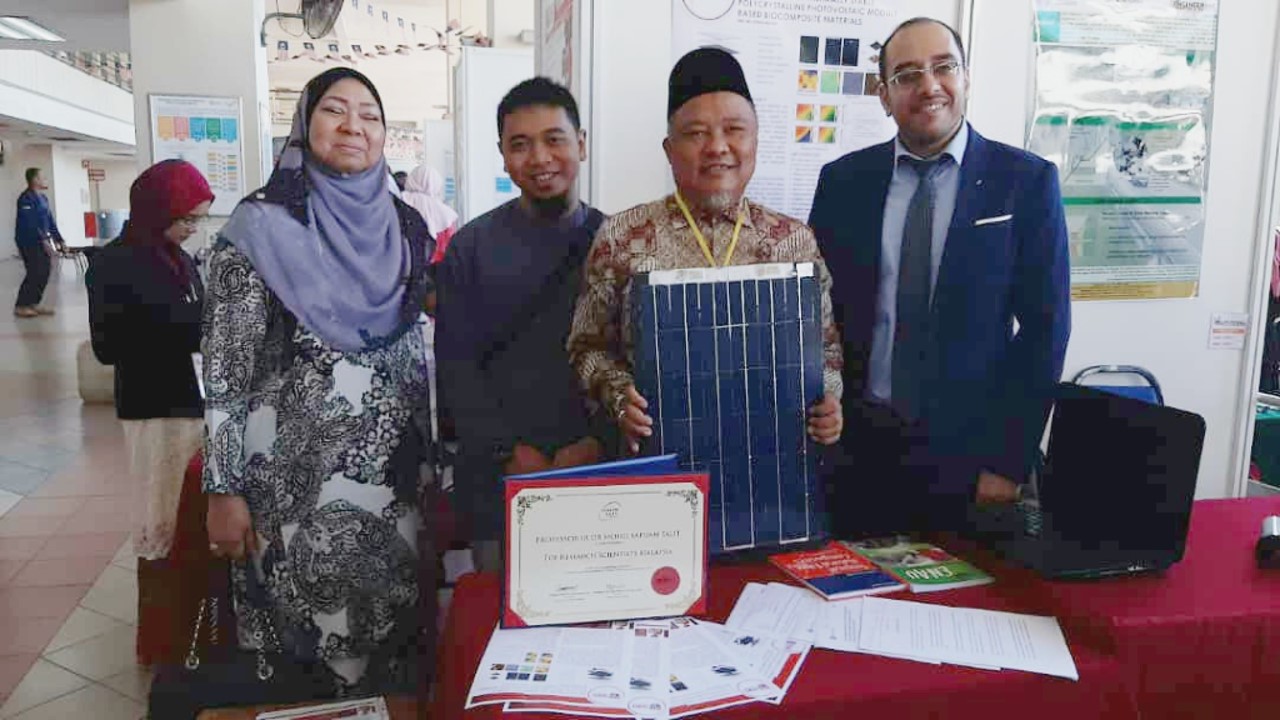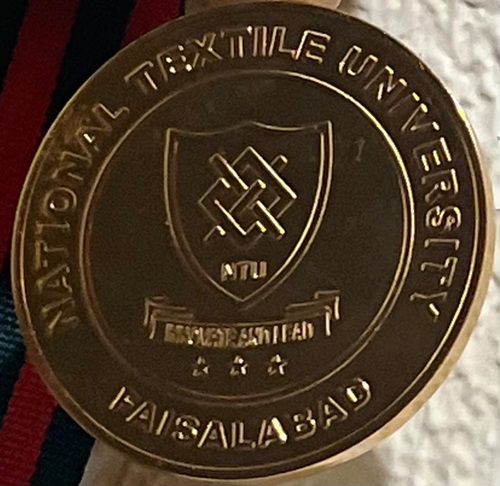SERDANG: Universiti Putra Malaysia (UPM) research group has succeeded in improving heat stability, energy factor and solar energy effectiveness by integrating short sugar palm fiber (SSPF) into solar modules.
It is the result of a combination of natural fiber composite (NFC) and Polyvinylidene fluoride (PVDF) in Polycrystalline (PV) modules to improve the thermal, optical, mechanical and functional functions of the PV module.
The members of the research group consisted of Dr. Alaaeddin M. H. Abed, Mohamad Hazrol Md Damiri, Assoc. Prof. Dr. Edi Syams Zainuddin, Dr. Mohd Zuhri Mohamed Yusoff, Assistant Prof. Dr. Faris M. Al-Oqla and led by Prof. Ir. Dr. Mohd Sapuan Salit.
Prof. Dr. Mohd Sapuan said by integrating the SSPF layer into the module, it displayed exceptional thermal stability, electrical capacity and excellent environmental performance.

He said the findings also helped the solar and renewable energy industries to point and produce heat stability more effectively to PV modules.
“This collaboration between the electric and mechanical fields will contribute to the environment and meet the growing global demand for energy production. This success is something new and innovative, ”he said.
Thermal map analysis shows the thermal performance of (a) & (b) the surface temperature of the study module and the back layer of the study module conducted in simultaneous testing; (c) & (d) PVDF-SSPF back layer temperature and conventional module back layer in similar weather studies.
This solar module has won the Invention and Innovation Gold Award at the Malaysia Technology Expo 2020 (MTE) at the Putra World Trade Center (PWTC), Kuala Lumpur. It also won a silver medal at the UPM Engineering Exhibition and Innovation (EIE).
The findings are by using natural fiber composites (NFCs) or SSPF to improve thermal stability to improve the electrical generation performance of solar modules.
This technology promises good prospects in the solar energy market based on:
- Higher thermal stability than commercial modules
- Balanced heat transfer
- Higher energy generation
- Improve efficiency and performance in the surrounding area
- Uniform and good nano and biocomposite texture
- Incredible heat resistanceExcellent resistance to curvature
- Lightweight, low cost, and environmentally friendly
- Reduce processing and manufacturing costs
- Abundant resources and raw materials with less fiber treatment
- Double benefits of green & Renewable green technology innovation
Prof. Dr. Mohd. Sapuan said that the production cost of these solar modules is low, by reducing 50% of energy per unit and can generate 20% more power than conventional solar modules and can save 38 percent of waste.
It will be on the market by 2022, depending on the level of system design as well as production, as well as after getting confirmation for specific use for the general public. - UTUSAN-17 November 2020
Date of Input: 18/11/2020 |
Updated: 18/11/2020 | no.j
MEDIA SHARING




































